Office Fit-Out Costs on the Rise Globally
Expenses tied to building out spaces may cause tenants more concern than rent increases, Savills reports.
Occupying office space is getting more expensive globally. The source of the increase is not rent, however, but an upswing in the costs of fitting out space and service charges, according to the Q1 2022 edition of Savills Prime Office Costs.
In terms of fitting out space, attempting to circumvent the increases by securing space where such costs are included in the rent will not ultimately prove effective, the report notes. Even in markets where landlords tend to pay for fit-outs, these costs will eventually be passed on to occupiers later in the form of higher rents, said Jeremy Bates, head of EMEA occupational markets at Savills, in a prepared statement.
In the U.S. office market, costs in the first quarter increased only slightly, marking the beginning of the impending rise in costs as a result of inflation, which will initiate the rise in fit-out costs, particularly as more workers continue to return to the office in a full-time or hybrid work environment.
READ ALSO: Cross-Border CRE Investment Hits Record High
In Asia Pacific, however, the cost increase is more evident in certain areas. In Hong Kong, various cities across China, and in Kuala Lumpur, service charges have translated into higher office fees, and the fit-out cost for top-notch space is starting to go on the rise as well. In EMEA, costs are just beginning to inch up, but this change is due to the lifting of lockdowns and work-from-home orders.
For the foreseeable future, the cost increases in the office market are not enough to serve as any sort of a major deterrent in the sector, according to Savills. As noted in the SPOC report, in prime CBDs across the globe, a premier office environment is one of the top enticements employers utilize to attract and retain new talent.
Cost changes notwithstanding, quarter-over-quarter, the most expensive office markets in the world remain the most expensive office markets in the world, with London’s West End maintaining the top spot, followed by Hong Kong and Tokyo. Midtown Manhattan continues to hold the fourth position in front of the city of London, which concludes the top-five list.
Passing it on
While office users await the rising costs of fitting out space and service charges, they may have to contend with other factors that will push rents higher later this year or in the not-too-distant future. In particular, the rising costs of materials and labor are in the beginning stages of flowing through as costs to occupiers, so the increases are relatively low as a percentage of the total cost in many markets—for now. Eventually, the increase will become more evident as a percentage of the total cost, and occupiers will feel compelled to find means of mitigating the extra demand on their wallets.
“With rising materials and energy costs eventually being passed to occupiers, sustainability will only become more important,” according to the Savills SPOC report. “From looking to green-certified buildings to addressing other elements of their ESG strategy, businesses and office occupiers will look to sustainable changes to lower their expenses while also attracting workers to their companies and back to the office.”
Read the full report by Savills.

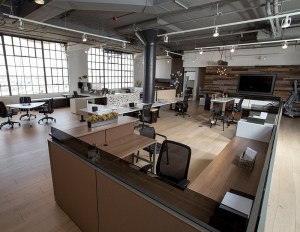
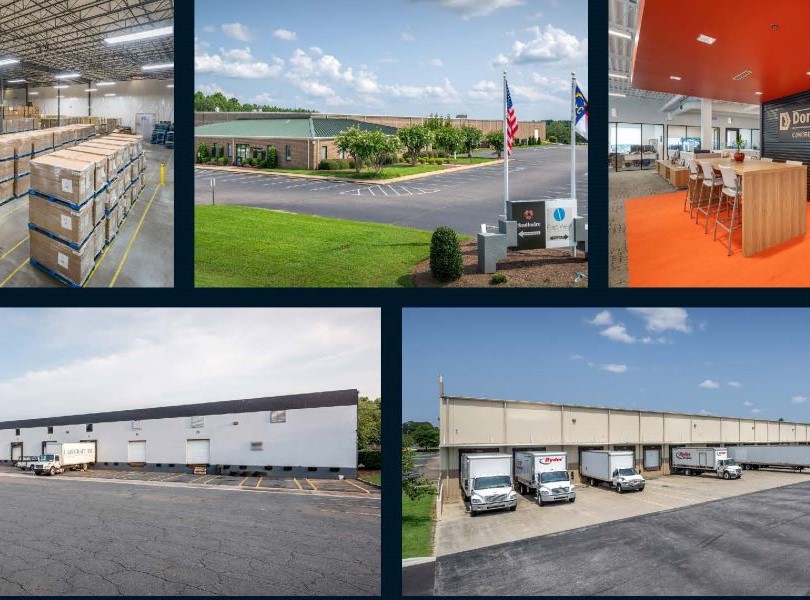
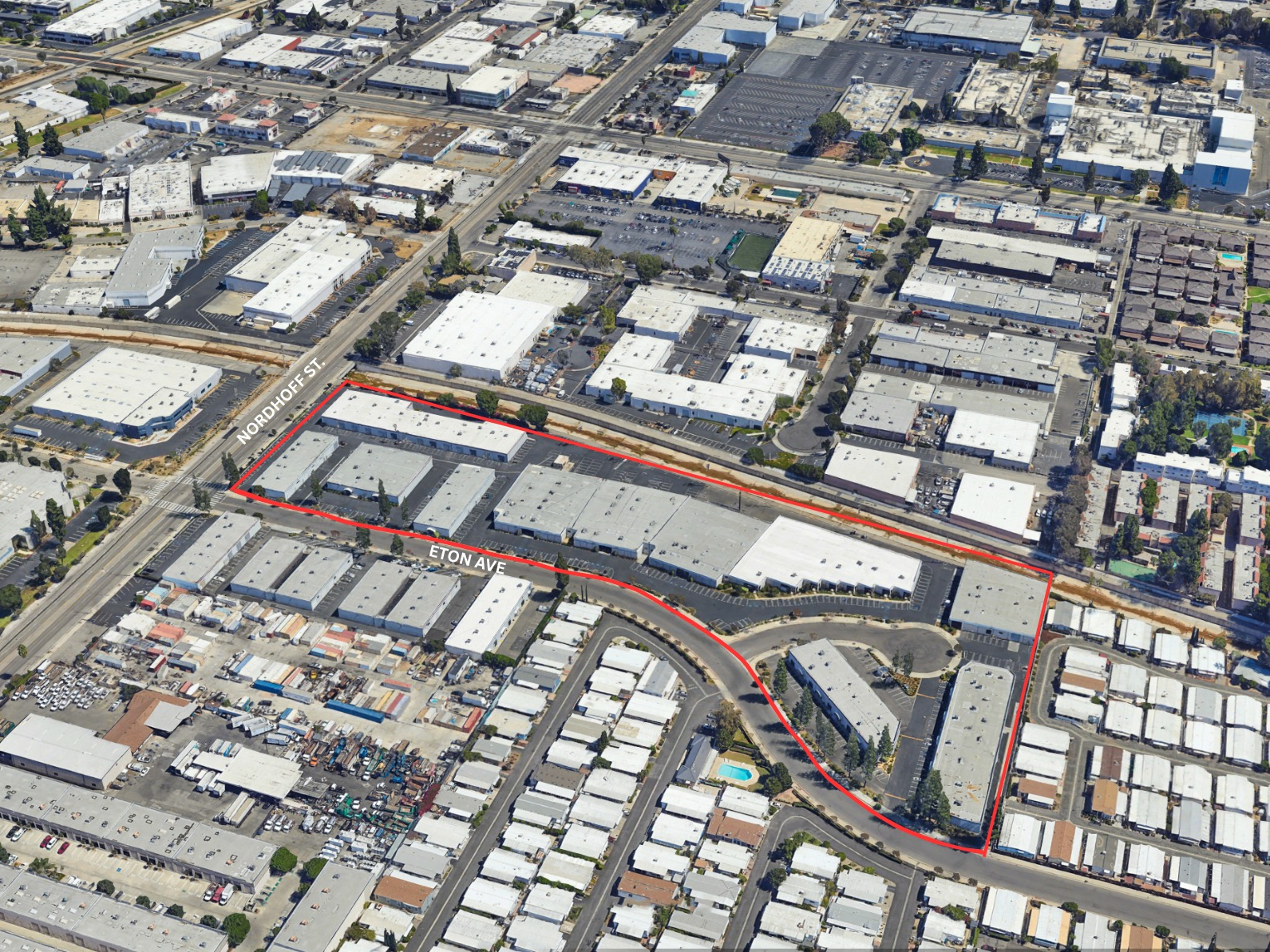

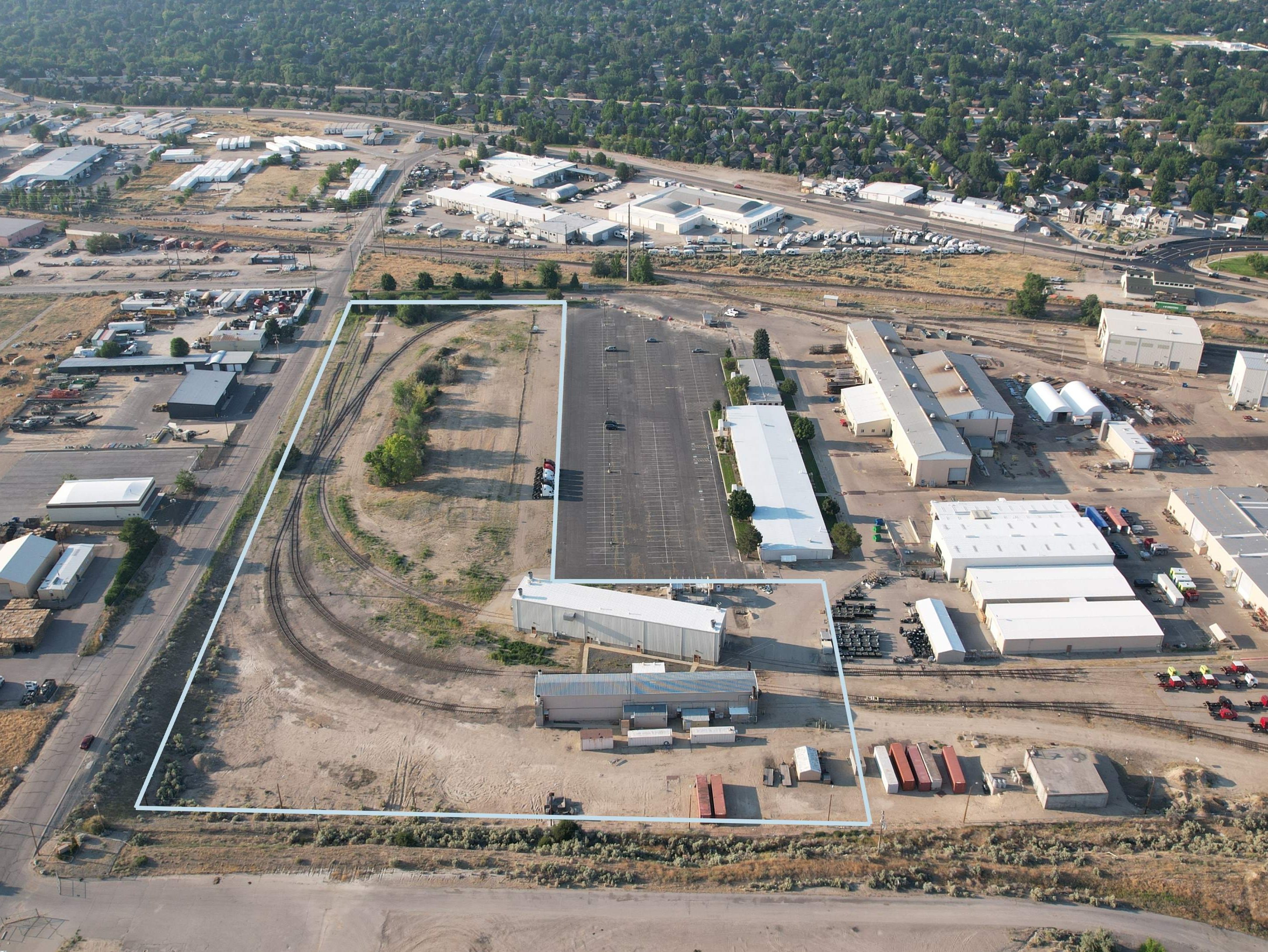

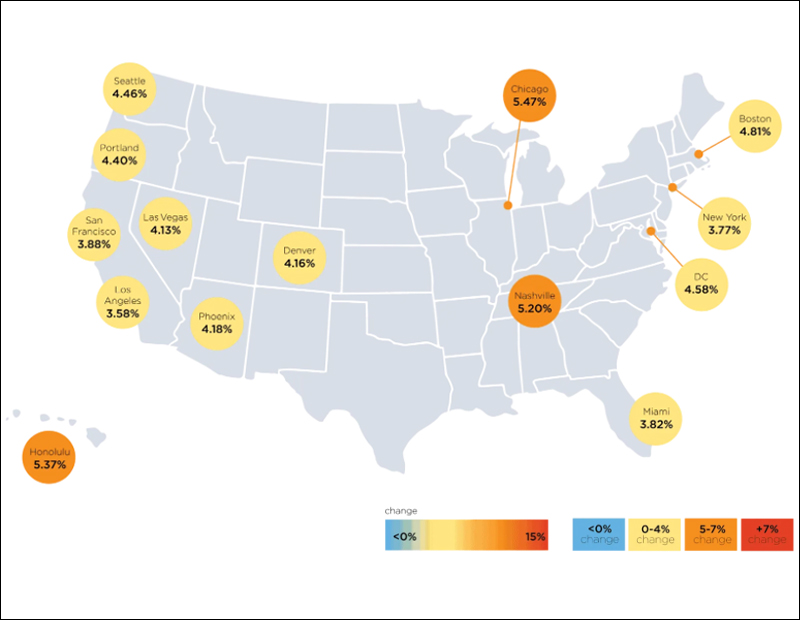
You must be logged in to post a comment.